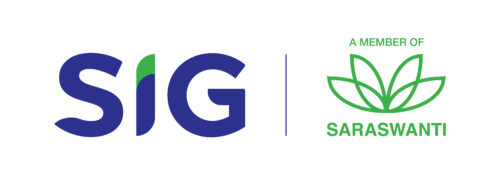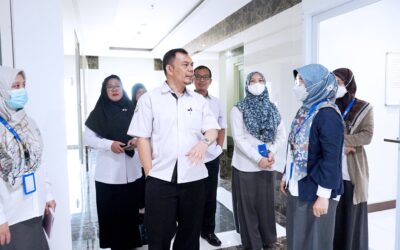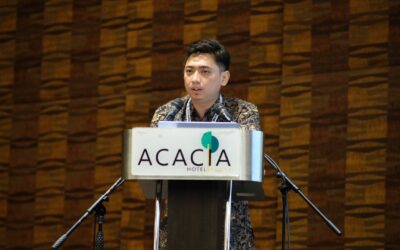1,4-Dioksan
1,4-Dioksan adalah pengotor yang mungkin ada dalam jumlah sedikit di beberapa kosmetik dan produk perawatan pribadi. 1,4-dioxane sendiri tidak digunakan sebagai bahan tambahan yang disengaja tetapi dapat terbentuk sebagai produk sampingan selama proses pembuatan bahan-bahan teretoksilasi tertentu, seperti kosmetik yang mengandung sodium laureth sulfate atau polietilen glikol yang biasanya digunakan dalam kosmetik dan perawatan pribadi. produk, termasuk bahan pembersih (yaitu, deterjen), bahan pembusa, pengemulsi, dan pelarut.
1,4-dioxane adalah karsinogen manusia yang potensial. Senyawa 1,4-dioxane adalah jejak kontaminan dalam beberapa produk kosmetik. Oleh karena itu diperlukan beberapa alat canggih untuk mendeteksi 1,4-dioxane dan memberikan hasil yang akurat.
Di Indonesia 1,4-dioksan dalam kosmetik diatur dalam PerBPOM No. 12 Tahun 2019 sebesar 25 mg/kg atau 25 mg/L untuk semua produk kosmetik.
Bagaimana SIG dapat membantu
Laboratorium SIG dapat membantu melakukan pengujian analisis 1,4–Dioksan pada berbagai macam kosmetik. Pengujian kami juga memastikan apakah 1,4-Dioksan berada pada tingkat yang sesuai, sebagaimana ditentukan oleh peraturan nasional dan internasional.
Metode Analisis
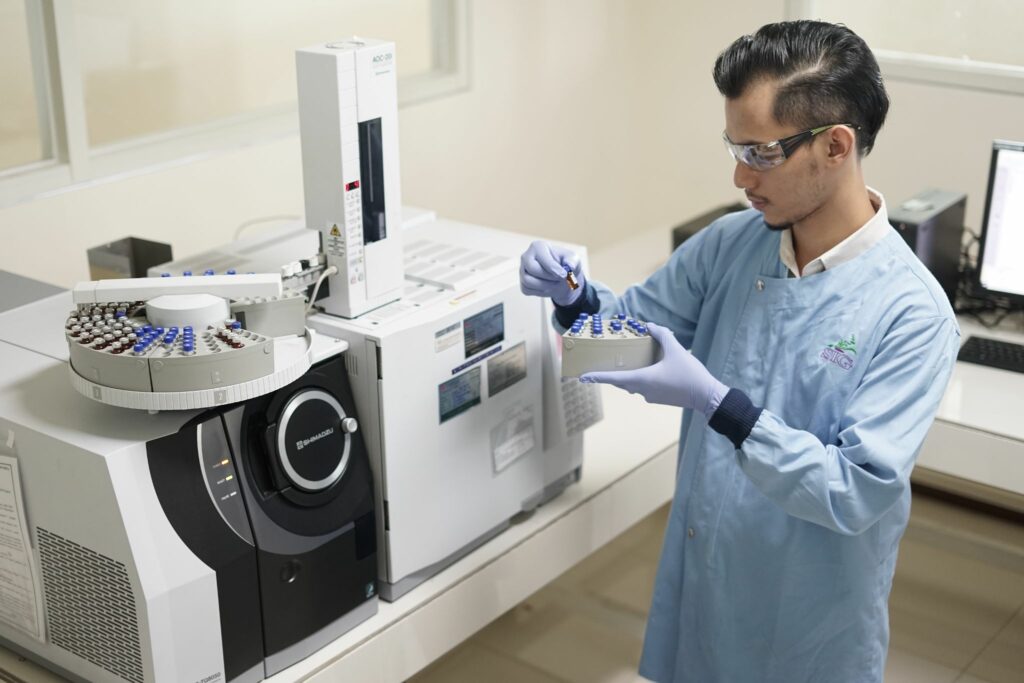
Metode GC adalah teknik yang paling baik digunakan untuk pengujian 1,4-dioxane dengan banyak detektor seperti spektrometri massa dan dilengkapi dengan sistem injeksi headspace yang bertujuan untuk meningkatkan batas deteksi metode pengujian.
Berita dan Informasi
SIG dan Resistomap beraksi - Workshop Resistensi Antimikroba (AMR)
Sejalan dengan komitmen kami dalam menciptakan dunia yang lebih aman, SIG bersama Resistomap pada Rabu 31 May 2023 sukses menyelenggarakan pelatihan monitoring resistensi antimikroba (AMR) pada sampel air. Pelatihan yang dipandu langsung oleh Mr. Jesse Majlander selaku Operations Manager...
Kunjungan Verifikasi oleh Badan Karantina Ikan, Pengendalian Mutu dan Keamanan Hasil Perikanan (BKIPM) di SIG
SIG selaku laboratorium yang salah satunya melakukan pengujian produk perikanan menerima kunjungan oleh Badan Karantina Ikan, Pengendalian Mutu, dan Keamanan Hasil Perikanan (BKIPM) Pada Rabu 31 Mei 2023 bertempat di lab pusat Graha SIG, Jl. Rasamala No. 20 Kota Bogor....
SIG sukses memaparkan pentingnya analisis kandungan Sulfuryl Fluoride (SF) di forum Asia Pacific Food Analysis Forum (APFAN) 2023
Pada Rabu 24 Mei 2023, SIG melalui perwakilannya Insan Patria selaku supervisor divisi riset mendapat kesempatan memaparkan materi tentang pentingnya melakukan pengujian deteksi Sulfuryl Fluoride (SF) pada beras dalam forum Asia Pacific Food Analysis Forum (APFAN)...
SIG Laboratory
Graha SIG, Jl Rasamala No. 20, Taman Yasmin, Bogor, Jawa Barat 16113.
Phone. +62 251 7532 348
WhatsApp. +62 82 111 516 516
Email. marketing-sig@saraswanti.com
SIG Jakarta
Jl. Percetakan Negara No. 52 B RT 006 / RW 001, Rawasari, Cempaka Putih, Jakarta Pusat 10570.
Phone. +62 21 2147 9292
SIG Surabaya
AMG Tower, 12th Floor, Jl. Dukuh Menanggal 1-A, Gayungan, Surabaya, Jawa Timur, 60234.
Phone. +62 31 8253 1288
WhatsApp. +62 818 885 165
Email. marketing@sigsurabaya.com
SIG Semarang
Jl. Kanfer Raya Blok R No. 4 Pedalangan, Kec. Banyumanik, Kota Semarang, Jawa Tengah 50268.
Phone. +62 24 7004 0541
WhatsApp. +62 812 9000 5165
Email. cs.sigsmg@saraswanti.com
SIG Medan
Jl. Bunga Asoka, Ruko Komp. Asoka Raya Residance No. 1, Medan Selayang, Sumatera Utara 20133,
WhatsApp. +62 822 7207 9665
Email. salesmedan.sig@saraswanti.com
SIG Yogyakarta
WhatsApp. +62 896 4856 9422
Email. arifin.sig@saraswanti.com
SIG Makassar
WhatsApp. +62 853 3843 9816
Email. anwar@sigsurabaya.com
Jam Operasional
Senin sd Jumat
08.00 - 17.00 WIB.

FOLLOW KAMI
